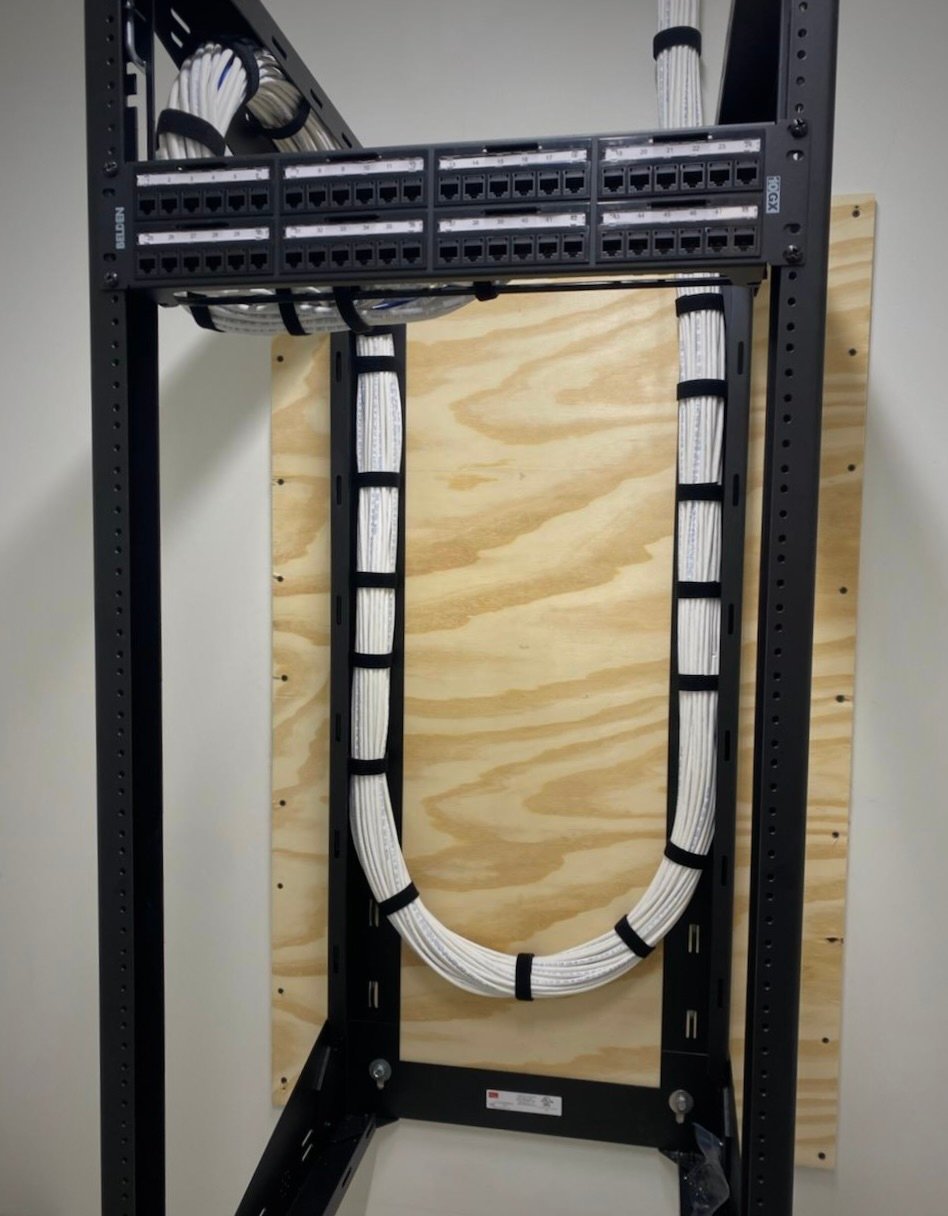Structured cabling is a standardized approach to designing and installing a cabling system that supports multiple hardware uses and is adaptable to changes in technology and networking requirements. A structured cabling system provides a platform upon which an overall information system strategy is built. Therefore, it is indispensable when designing and building out your office space and the benefits of a well-designed and properly installed structured cabling system are hard to estimate. Atlantech Online has a Structured Cabling practice manned by Field Service Technicians that specializes in structured cabling and we have a great deal of experience in laying new cabling, extending existing cabling and saving the day if any cabling jobs have gone wrong with another vendor.
The goal of structured cabling is to provide a consistent, reliable, and cost-effective platform for transmitting data, voice, and video signals throughout a building or campus. A structured cabling system typically includes a variety of hardware components, including cables, connectors, patch panels, and termination blocks, which are organized in a way that supports the needs of the network.
Many of my clients are now doing Cat 6 and Cat6a copper/Ethernet cabling. It is capable of transmitting data up to 10 Gbps, though many clients are on Gigabit Ethernet (1 Gbps) ports. But, more and more, I’m seeing 10 Gbps ports in use and some clients are even starting to use fiber to their desktop workstations. Usually, it’s multimode fiber (MMF) for these short runs in the LAN. Single mode fiber (SMF) is used mostly for longer runs from the LAN room to a part of the building or office where you have a switch for distribution to devices. More expensive than MMF, SMF has lower dB loss and is perfectly suited for longer distance runs.
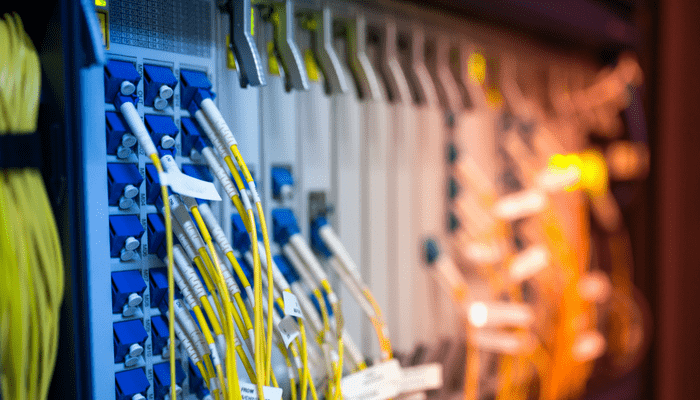
Cabling is required to reach security cameras and also access control for strikers and locks on doors and windows. Don’t forget HDMI cabling for video systems that you’re installing and you may require speaker wires for any premium sound system you may want to have installed.
Patch panels typically come in 24 and 48 port options, can be wall mounted or best practice is installing into a rack in the LAN room. Fiber enclosures are required if you’re terminating fiber and you’ll need to pay attention to make sure you have the correct connectors be they LC or SC terminations.
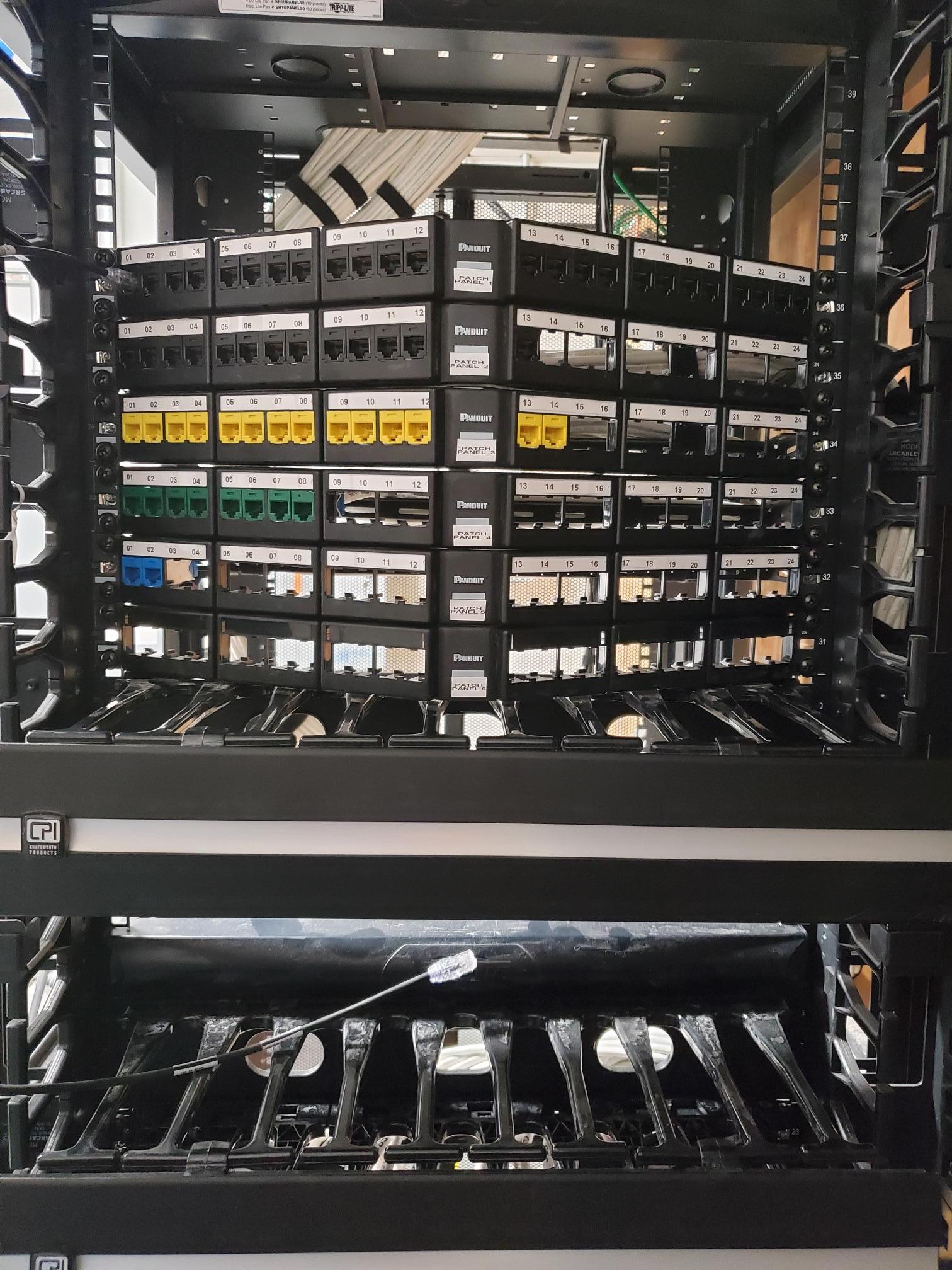
Another benefit of structured cabling is that it can help to reduce downtime and maintenance costs. By using standardized components and organization, structured cabling makes it easier to troubleshoot problems and replace components when needed. This can help to minimize downtime and reduce the need for costly repairs or replacement of equipment.
When designing and installing a structured cabling system, there are several key factors to consider. These include the types of devices that will be connected to the network, the distance between devices, and the amount of bandwidth required to support various applications.
Running cabling in ladder racks and having a separate tray for fiber and a wire basket can help organize installation of vertical and horizontal cabling. Additionally, it becomes easier to troubleshoot if any problems come up later. Using conduit from a main telco room up the riser whether EMT or innerduct is a proper method of cable management to ensure that cables are organized and protected. These support structures help keep cables organized and protected from damage.
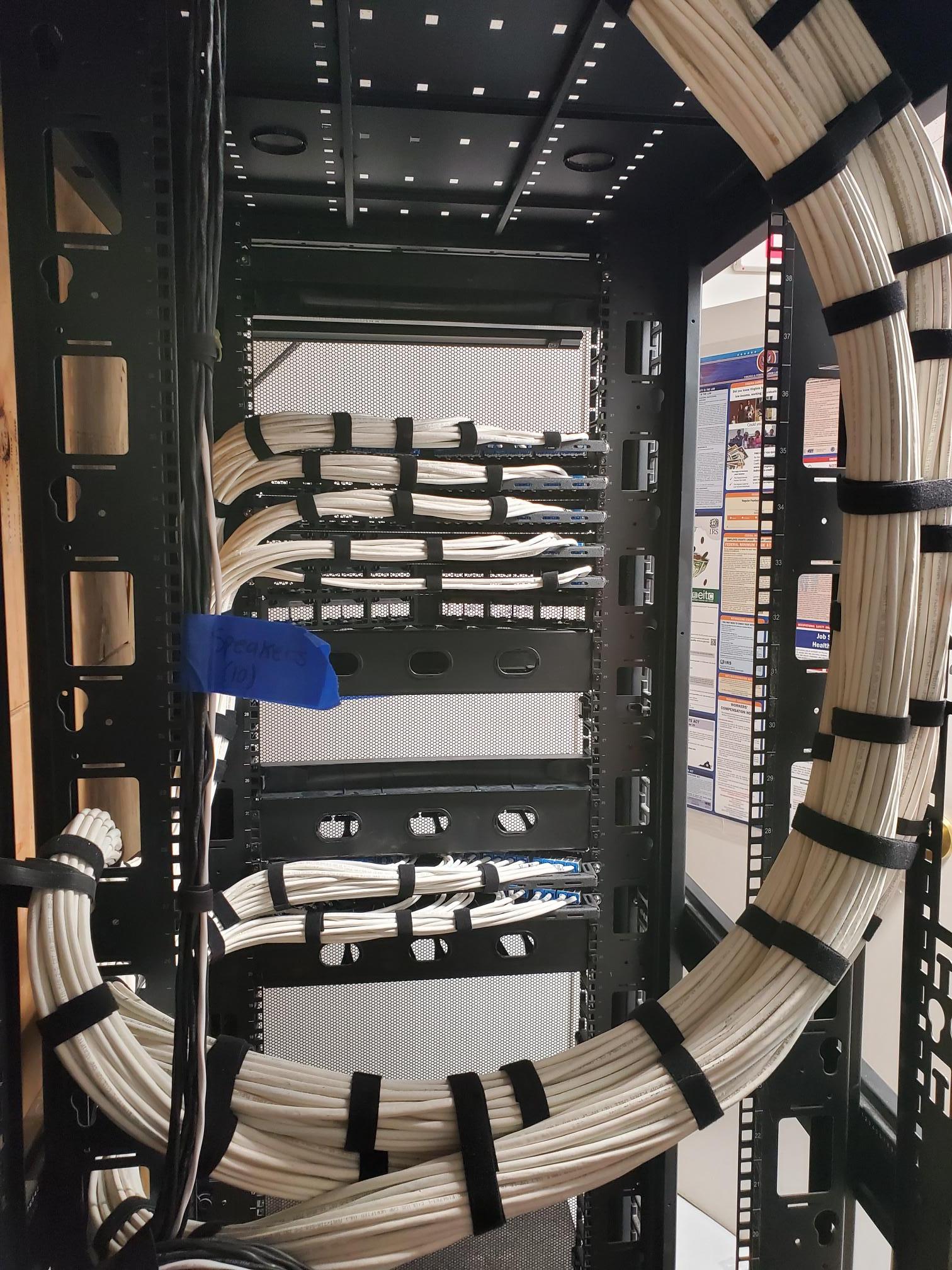
In order for Atlantech Online to properly manage structured cabling installation, we need to have a floor plan of the office space or building and also conduct a site survey in order to properly assess the physical environment. Having access to MEP (mechanical, electrical and plumbing) plans is a bonus and can lend themselves to a proper cable plant design, review and most importantly, accurate estimate of costs.

Structured Cabling - Post Installation
Once structured cabling has been installed, it is important to test in order to insure proper operation. Testing procedures should include checking that each of the individual cables are free of any defects and have been routed correctly around light fixtures or electrical equipment so there isn’t any electromagnetic interference. It is essential that all the cable connectors have been attached properly and the wires have been connected at both ends to the correct pins. These testing procedures also ensure that all the cables and different components that the system consists of conform to the required standards and specifications. Atlantech Online uses Fluke testers and OTDRs for fiber installation.
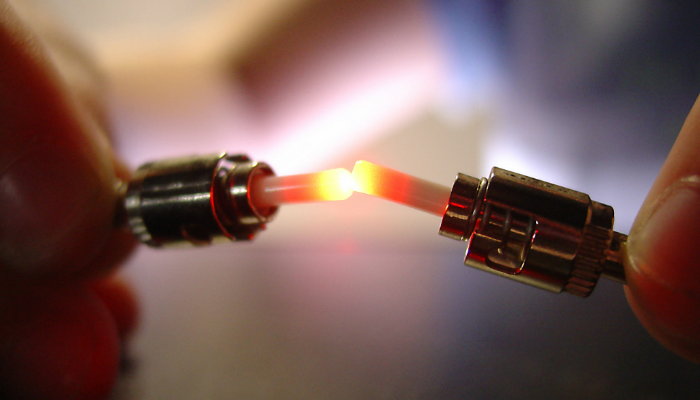
Copper cabling that is used in network cabling installations today are twisted-pair. Due to the number of individual wire connections that are involved and the different standards that apply, the testing procedures are more complicated for twisted pair than for any other type of cable such as fiber.
The three basic tests that should always be carried out in accordance with industry specifications for all twisted pair cables are wire mapping, cable length and high speed performance.
Wire Mapping
Cat 5, 6 and 6a cabling should be tested for each cable making sure that all the individual wires are connected properly. A wire map testing device transmits a signal through each of the individual wires in the cable to check if there are any faults in the connections.
The tester can identify a number of the defects with the conductors within the pair of the cable, such as broken or unconnected wires along with different types of shorts; which happen when pins or wires that are connected properly to each other. The majority of faults found are generally caused by incorrect installations, though some can be due to having either damaged or faulty components.
Testing Cable Length
All cabling laid within a network cabling system should be limited to the maximum lengths in the standards specifications. It still should be tested to check the electrical length of the twisted pair wires within the cables, as these are twisted together they will be physically longer than the actual length of the cable. Another reason why you check the cable length is to test for any shorts, opens or breaks in connections.
Performance Testing
The above testing procedures test the physical properties of the network cabling system to make sure that everything is connected and works properly and it is also vital that you check the transmission performance of your newly installed network. This will make sure that the signal is both strong and fast enough to meet the networks performance requirements.
Structured cabling is a critical component of any modern network infrastructure. By providing a consistent, reliable, and flexible platform for transmitting data, voice, and video signals, structured cabling can help businesses and organizations to adapt to changing technology and networking requirements while minimizing downtime and maintenance costs. When designing and installing a structured cabling system, it is important to consider a variety of factors, including the types of devices that will be connected, the distance between devices, and the need for redundancy and backup.
If you are building out new office space and need a reliable/experienced vendor to run network and video cabling, contact Atlantech Online in order to get a quote and to help define the scope of your project.
